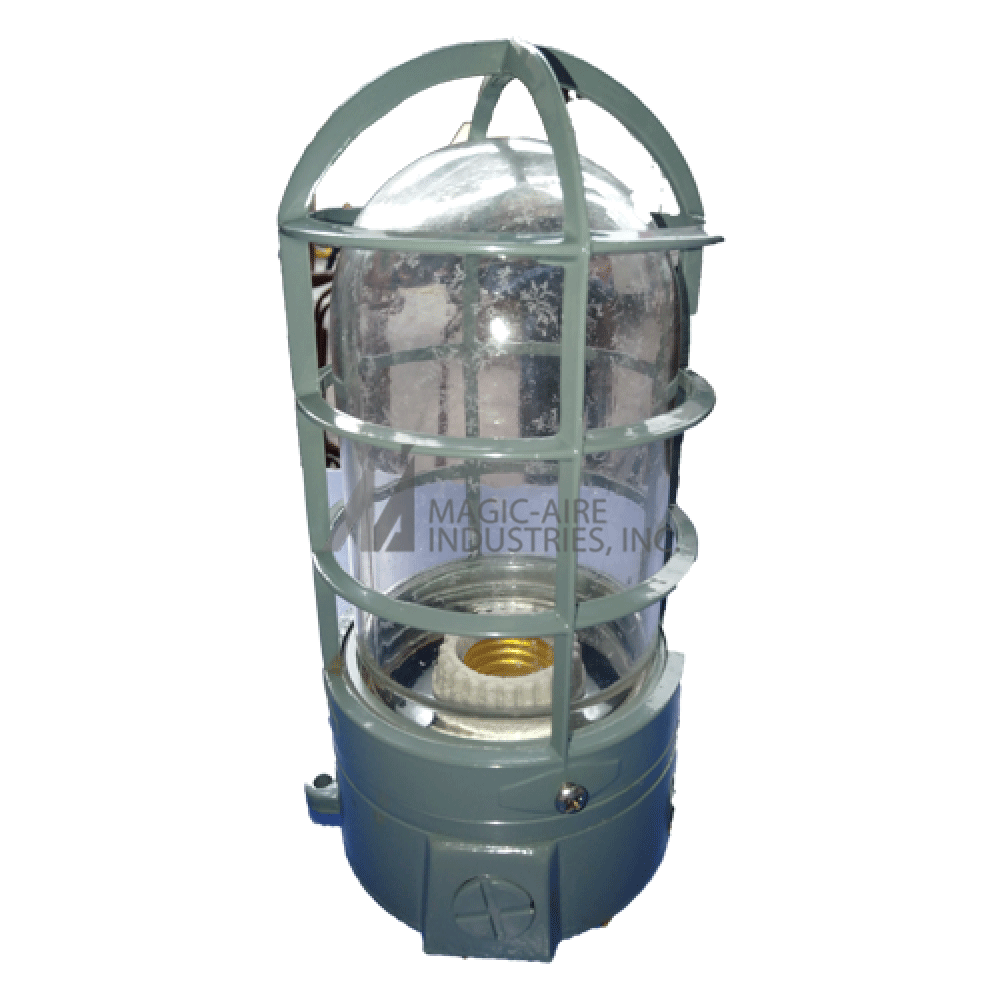Contents

Source: Amazon.nl
<>
Metal Vapor Lamps
Metal vapor lamps are a type of gas discharge lamp that operates by creating an electrical discharge in a metal vapor. These lamps require a special electrical ballast to stabilize the operation current and have unique design considerations for electrode and envelope materials.
Mercury Vapor Lamps
Mercury vapor lamps utilize mercury as the vapor source, often with a starter gas like argon or xenon. Low-pressure mercury lamps are commonly used for their characteristic optical spectrum with visible, ultraviolet, and infrared spectral lines. They are efficient sources of ultraviolet light and can also produce white light for illumination.
High-pressure mercury lamps offer higher radiance and power density, making them suitable for projection displays. However, due to mercury’s toxicity, they are being replaced by alternative solutions.
Sodium Vapor Lamps
Sodium vapor lamps rely on the orange D-line of sodium atoms to produce light. Low-pressure sodium lamps emit quasi-monochromatic light at around 589 nm and are energy-efficient with a long lifespan. High-pressure sodium vapor lamps have a broader emission spectrum due to higher pressure and contain mercury for higher luminous efficacy.
Other Metal Vapor Lamps
Other metal vapor lamps use metals like potassium, rubidium, cesium, and cadmium to produce specific spectral lines for applications such as spectral calibration. These lamps operate at low pressure and moderate power density.
Metal Halide Lamps
Metal halide lamps combine metals with halides like bromine or iodine to create efficient white light sources with customizable optical spectra, color temperatures, and color rendering indexes.
Conclusion
Metal vapor lamps offer a range of lighting solutions with unique spectral characteristics and efficiencies. Understanding the properties of different metal vapor lamps can help in choosing the right lighting source for specific applications.

Source: Magic-Aire
Feel free to comment your thoughts.



